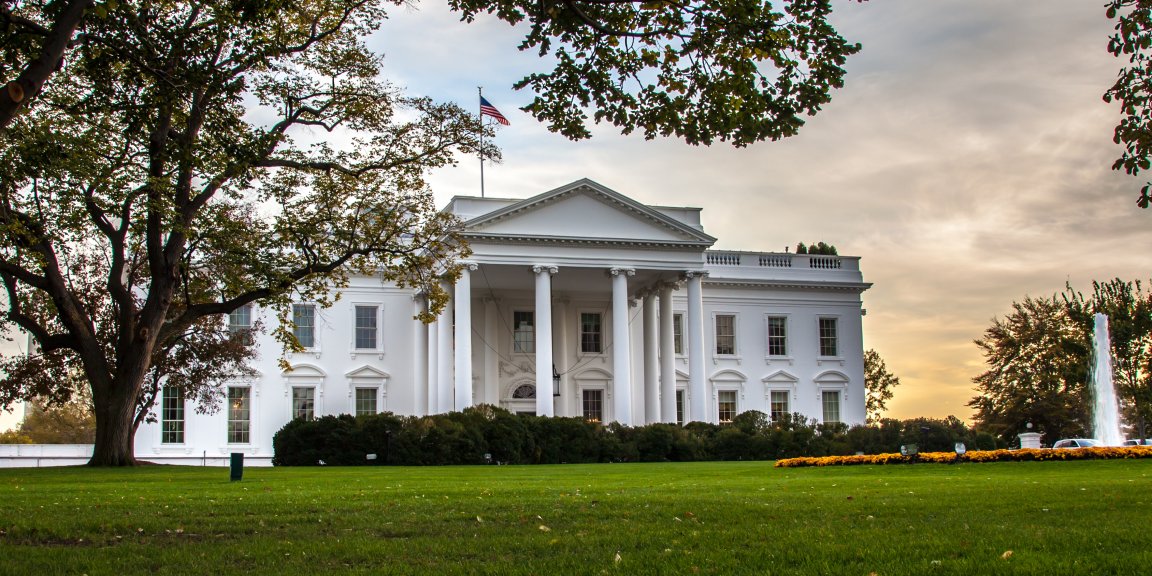
Differing Approaches to Science
As of close of business Friday June 30, the White House’s Office of Science and Technology Policy (OSTP) science division was unstaffed. The science division is one of four OSTP subdivisions. According to CBS News, the three employees remaining — all holdovers from the Obama administration — departed at the end of last week. These departures may signify the shift in commitment to scientific research between the Obama and Trump administrations.
On July 1, The Hill reported the White House had denied reports that the science division was unstaffed. This information came through an unnamed OSTP official. The source told The Hill that there are 35 employees in the OSTP total, with 12 working in the science division. They did not further clarify what their roles were. A White House official did tell CBS News, “All of the work that we have been doing is still being done,” and that the 35 current staffers work “across” the OSTP.
Under President Obama, the OSTP as a whole was staffed with over 100 employees, with nine employees staffing the science division. Those in the science division were tasked with advocacy on policy issues such as biotechnology, STEM education, and crisis response. It is possible that the current administration, intending to work with a much smaller total of 35 staffers, is rolling subdivision duties together and/or eliminating tasks. However, the specifics remain unclear.
“Under the previous administration, OSTP had grown exponentially over what it had been before,” the OSTP official told CBS News. “Before the Obama administration, it had usually held 50 to 60 or so policy experts, director-level people, for all of OSTP.”
Moving Forward
The drop from more than 100 staffers to 35 is a major change for the OSTP. It is likely to mean significant changes in funding and oversight for a range of scientific disciplines and projects. President Obama relied on the well-equipped OSTP during multiple crises, including the 2014 Ebola outbreak, the 2011 Fukushima disaster, and the Deepwater Horizon oil spill in 2010.
“We are all sitting on the edge of our seats hoping nothing catastrophic happens in the world,” Phil Larson, a former senior science and technology adviser to Mr. Obama, told The New York Times. “But if it does, who is going to be advising him?”
Kumar Garg, an Obama-era OSTP staffer, told CBS that the size of the OSTP during the Obama administration reflected the former president’s “strong belief in science, the growing intersection of science and technology in a range of policy issues, and as showcased in the OSTP exit memo, in a sweeping range of [science and technology] accomplishments by the Obama science team.”
The Trump administration hasn’t demonstrated the same type of commitment to science thus far. One notable and controversial example was the appointment climate change skeptic Scott Pruitt to run the Environmental Protection Agency (EPA). Pruitt’s hiring ushered in a cascade of firings — most critically, scientists on the EPA’s science advisory board have been fired in several rounds. Announcing the withdrawal of the US from the Paris climate agreement has also been perceived by many as anti-science, as have both versions of the budget the White House has thus far produced. Garg told The New York Times in March, “They are flying blind when it comes to science and tech issues.”
On the other hand, the Trump White House signed an executive order re-establishing a National Space Council on Friday, and has decided to continue the Obama-era tradition of hosting a White House science fair.
Mr. Trump has also broken with modern tradition in not naming top advisers on technology or science, although he has convened the American Technology Council (ATC). He did hire Michael Kratsios — who has a bachelor’s degree in political science and was chief of staff for Trump supporter Peter Thiel — as the deputy chief technology officer. However, according to The New York Times, neither a representative from the ATC, nor Kratsios, nor anyone from the OSTP, advises the President routinely or participates in daily briefings. The President no longer receives daily memos on science and technology policy issues, such as machine-learning regulation, climate change, or big data collection.
“The impression this leaves is that Trump isn’t interested in science and that scientific matters are a low priority at the White House,” said Vinton G. Cerf, vice president of Google and a computer scientist, who told The New York Times that the dwindling of the White House science and technology staff for scientific research could have long-term consequences.